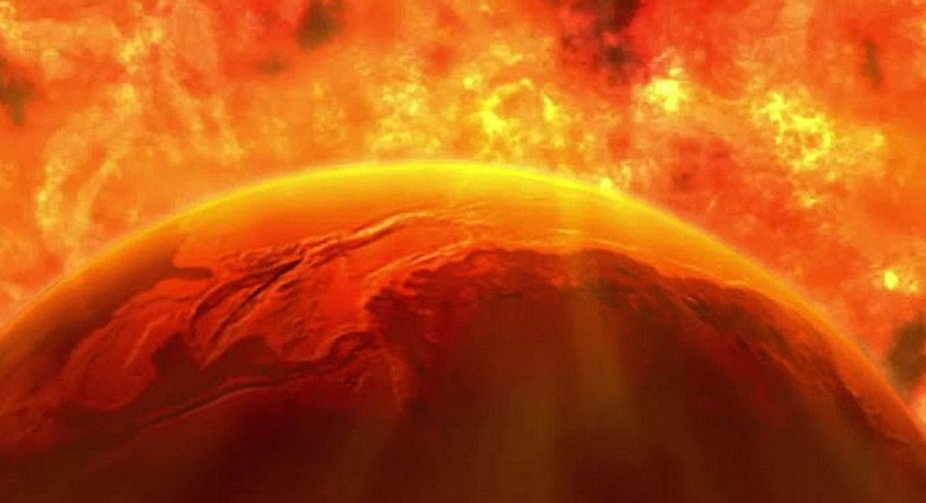American scientists have observed for the first time how a star, bloated from old age, swallowed a planet and spat out its remains. The same fate awaits the Earth in five billion years.
The star, which was similar in size and composition to the Sun, is ten billion years old. It is at the end of its life cycle: its core has run out of hydrogen fuel and its size is increasing. As it grew, the surface of the star reached the orbiting planet and engulfed it, causing a flare.
Red giant stars can swell to hundreds of times their original diameter, engulfing any planets in their path. According to Kishalai De of the Massachusetts Institute of Technology, the Sun will swallow its three nearest planets, Mercury, Venus and Earth, when it enters the red giant stage in about five billion years.
